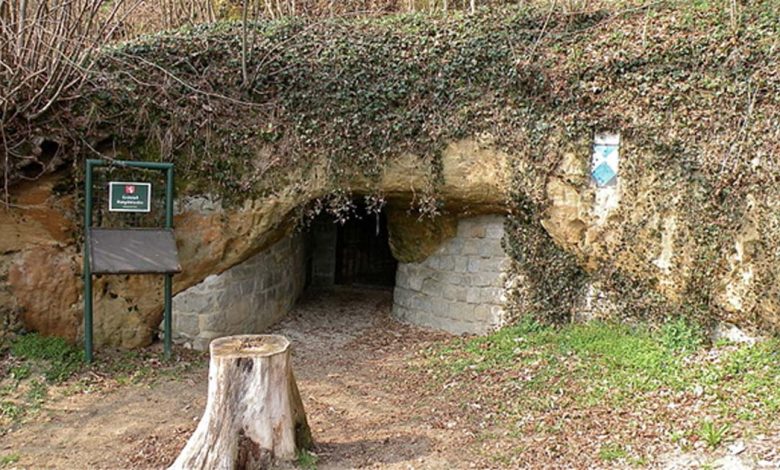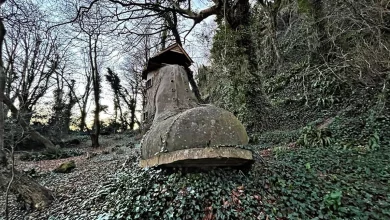The Enigmatic Erdstall Tunnels of Europe: Purpose – Unknown

An erdstall is a type of tunnel that is found throughout Europe, mainly in the south-eastern German state of Bavaria and Austria. Erdstalls are thought to have been created during the Middle Ages, though some have claimed that these tunnels date to the Stone Age. At the moment, nobody is entirely certain as to why such features were made in the first place. Those who advocate the idea that the erdstalls date to the Stone Age are of the opinion that these structures are a network of subterranean passages that stretched from Scotland all the way to Turkey.
Construction
The word ‘erdstall’ is derived from the German language, and may be roughly translated as ‘earth stable’ or ‘mining tunnel’. Whilst various types of underground tunnels are known to exist around the world, erdstalls have certain features that distinguish them from other systems of underground passageways. In general, an erdstall network consists of very low and narrow tunnels that are normally oval in shape, and aligned either vertically or horizontally. It has also been found that these tunnels usually extend over a distance of between 20 and 50 meters. Another unique feature of the erdstall is the ‘schlupf’ (meaning ‘slip out’). These are extremely tight holes (usually around just 40 cm in diameter) that serve as transition points between tunnels situated at different elevations
Locations
At present, around 2000 erdstalls are known to exist in Europe. The bulk of these may be found in the German state of Bavaria, where at least 700 of these tunnel networks are estimated to exist. In neighbouring Austria, about 500 more erdstalls may be found. Such underground passages have also been found in countries such as the UK and France.




